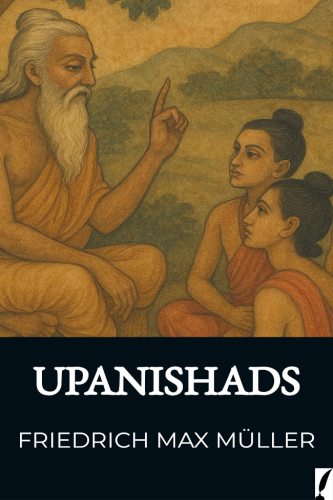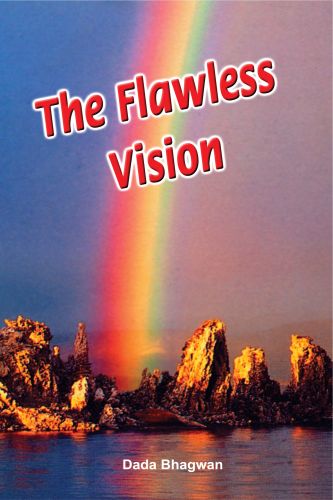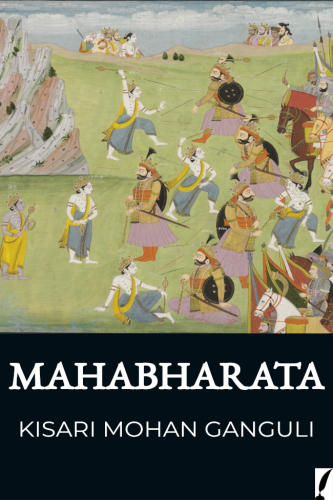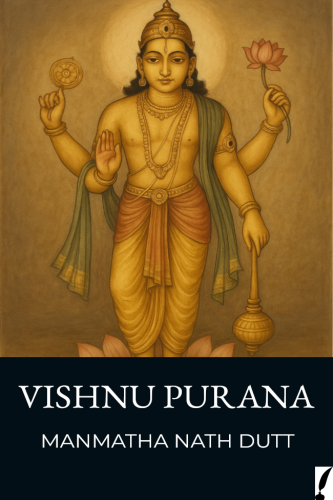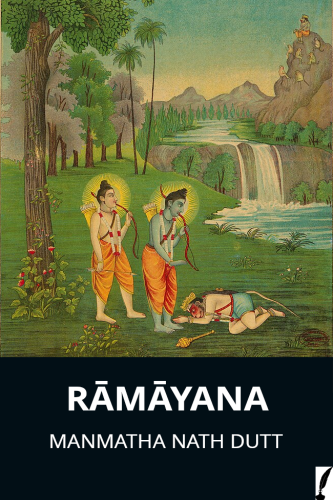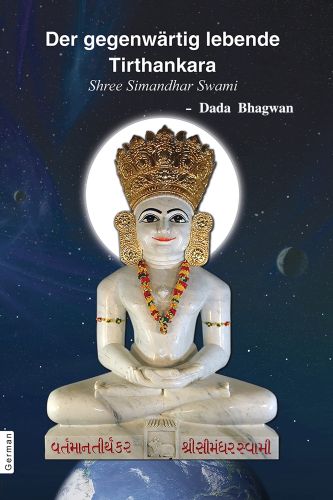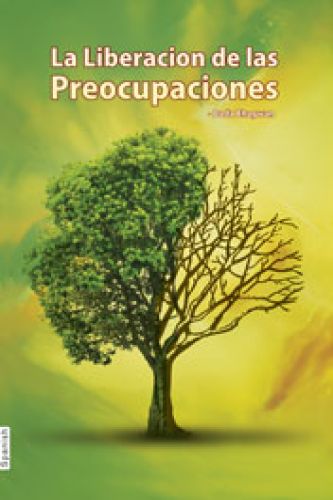Religion
- Agnosticism 2
- Antiquities & Archaeology 21
- Atheism 12
- Biblical Criticism & Interpretation 15
- Biblical Meditations 3
- Biblical Reference 1
- Biblical Studies 11
- Buddhism 8
- Christian Church 52
- Christian Education 5
- Christian Life 26
- Christianity 60
- Cults 2
- Devotional 6
- Eastern 2
- Education 4
- Eschatology 1
- Ethics 3
- General 60
- Gnosticism 1
- Hinduism 15
- History 28
- Holidays 10
- Inspirational 1
- Islam 8
- Judaism 3
- Leadership 1
- Meditations 3
- Monasticism 1
- Mysticism 11
- Philosophy 4
- Prayer 26
- Prayerbooks 5
- Religion & Science 12
- Sermons 54
- Spirituality
- Theism 2
- Theology 17
- Theosophy 15
Spirituality Books
Sort by:
We are honoured to publish Friedrich Max Müller's translation of the Upanishads as a free EPUB edition. This translation was originally published in 1900 as part of the Sacred Books of the East series, which is now in the public domain. The Upanishads are the heart of Hinduism. These texts are not only the concluding parts of the holy Vedas but also their philosophical culmination. Vedānta...
more...
by:
DadaBhagwan
There are times in life when we must endure suffering due to no fault on our part – or so it seems. Life circumstances can appear terribly unjust. Naturally we question, “Why me? Am I wrong? It’s not my fault!, Why do bad things happen to good people?” Added to the many problems in everyday life, these situations can feel like the very definition of suffering. We may conclude that there is no...
more...
Introduction Here is a masterly study of the inner life by a heart thirsting after God, eager to grasp at least the outskirts of His ways, the abyss of His love for sinners, and the height of His unapproachable majesty—and it was written by a busy pastor in Chicago! Who could imagine David writing the twenty-third Psalm on South Halsted Street, or a medieval mystic finding inspiration in a small...
more...
by:
DadaBhagwan
Those seeking to lead a spiritual life will naturally ask themselves how to progress in spirituality, and how to live spiritual values. Must one somehow transcend good and bad, right and wrong? When does one’s spiritual development truly begin? By enlightened definition, the foundation of a spiritual life is a faultless worldview; and to achieve such vision, Self realization is required. In the book...
more...
It is with great pride and reverence that we present the timeless epic, the Mahabharata, translated by Kisari Mohan Ganguli, in this EPUB edition. This monumental work, originally composed in Sanskrit, holds an unparalleled position in the annals of world literature, and Ganguli’s translation is a pivotal contribution that has made this treasure accessible to English-speaking readers around the globe....
more...
We are pleased to present this free digital edition of the Vishnu Purāna, translated into English by the renowned scholar Manmatha Nath Dutt. This classic work forms part of our continuing effort to make the treasures of Hindu sacred literature accessible to readers across the world. The Vishnu Purāna is one of the eighteen Mahāpurānas, the major Purānic texts of Hindu tradition. Among these, it...
more...
Ramayana finds its place within the Itihasa section of the Hindu corpus. Although Itihasa literally implies history, a more appropriate interpretation would be legends. The way we comprehend history today is not the same as how ancient people used to recount past events. They were more inclined towards legends. The tale of Rama was initially composed by Valmiki, though it likely existed within the...
more...
by:
DadaBhagwan
In den Schriften heißt es, dass es in der heutigen Zeit nicht möglich ist,endgültige Befreiung direkt von dieser unserer Welt aus zu erlangen. Ein Weg über MahavidehKshetra(eine Welt in einem anderen Universum) ist jedoch seit langer Zeit offen. Man muss sich nach MahavidehKshetra begeben, und nachdem man den Darshan (die Verehrung) des dort lebenden Tirthankaras (des vollkommen Erleuchteten), Shri...
more...
by:
DadaBhagwan
“Aptavani 5” is the fifth in a series of spiritual books titled “Aptavani”. In this series, Gnani Purush (embodiment of Self knowledge) Dada Bhagwan addresses age-old unanswered questions of spiritual seekers. Dadashri offers in-depth answers to questions such as: “What is the meaning of karma?”, “How can I master the law of karma?”, “Who am I, and who is the ‘Doer’ (ego...
more...
by:
DadaBhagwan
El trabajo se echa a perder con las preocupaciones, esta es la ley de la naturaleza. La libertad de las preocupaciones mejora el rendimiento en el trabajo. Las personas mejor educadas y de mejor posición sufren de altos niveles de estrés y de preocupación. Comparativamente, los trabajadores no se procupan tanto y pueden dormir bien, mientras que sus jefes tienen que tomar pastillas para poder pasar...
more...


